Table of Contents
One of the most common pitfalls faced by small businesses and content marketers is that their blog posts do not rank. Despite having great content, you’re unable to drive traffic to your blog.
The digital marketing landscape is dynamic and ever-changing. Every few weeks we hear of a new algorithm update pushed out by Google.
Since these updates take place quite frequently, it is easy to see how people lose sight of the best practices to employ on their website and content, which is where professional blog writing services can help!
Here are some of the most overlooked things we’ve noticed on business blogs.
1. Finding the Right Keyword
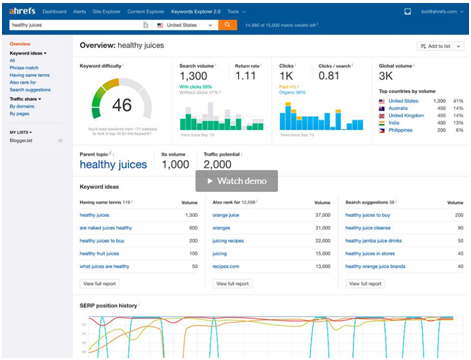
Even though keyword research is the first step required for each and every blog post, it is surprising to see how many fail to attach any importance to it.
Your blog’s reach depends almost entirely on your keywords. Without proper keyword research, you can never target what your readersare looking for. Keyword research may be an extensive process, but if done correctly, it will boost your blog traffic like nothing else.
You need to be sure that the keyword you are using defines the subject of your content. For example, if you’re writing a blog post on driving more traffic to your blog, the keywords how to boost traffic to your blog, how to drive traffic to blog posts, and boost blog traffic will really give you that SEO boost as these are some popular search phrases related to the topic.
It’s important to note, though, that keyword competition is a major factor in the keywords you choose. If you choose a keyword that is extremely high in competition (like how to increase traffic on your blog), you may never be able to get into the top ranks. A keyword that is low in competition is often not being used by your target audience. So, the sweet spot would be a keyword that has mid-level competition and above average search volume.
Finding such a keyword is no mean feat and it can overwhelm many blog writers. However, as difficult as it may sound, keyword research is imperative for your blog’s ranking.
2. Unoptimized Keyword Structure
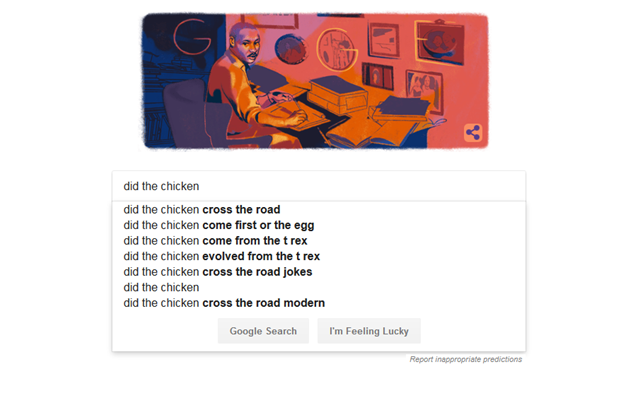
Keyword optimized content can help your blog rank and get organic traffic. There are several ways you can formulate your keyword structure.
One of the best ways is to use informational long-tailed keywords. Some common examples include phrases starting with the words “best,” “top 5”, or “top 10” and the Five Ws. Other keywords should include words like hacks, list of, and compare.
When Google launched Hummingbird, it pushed content developers to focus on semantics rather than using the same keywords over and over again. Semantics SEO asks digital marketers to create quality content with improved readability, organically connects it with several other high ranking keywords, answers more user-related questions, and drives impressions. So, be sure to include similar meaning keywords throughout your content.
Don’t Forget the Metas
One of the most overlooked mistakes bloggers make is failing to optimize their headers and meta data with keywords. Just think about the fact that all search engine keywords are set in bold within the title or meta description of SERP results, which increase your click-through rate exponentially.
Keep the Keywords Light and Organic
Conversely, stuffing too many keywords into your content can negatively affect the SEO of your blog and your content may be deemed as spam. That’s because keyword stuffing reduces readability, which results in poor user engagement.

3. Inconsistent Internal Links
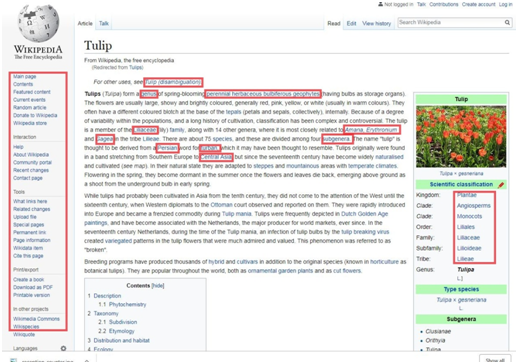
Internal linking is one of the most crucial aspects of SEO optimization since it allows search engine crawlers to better understand your site. Ironically enough, many SEO websites themselves fail to properly link their internal pages.
Internal links make it easier for users to navigate the website, define your most important pages to the search engine, increase crawling and indexing opportunities and distribute link authority throughout your website.
As a blogger, you need to conduct a thorough internal link audit throughout your website and take note of which of your pages have the most authority. You can insert internal links on these pages to other high-quality content on your blog.
Also make sure you add a drop-down menu, a navigation menu, a breadcrumb trail and most definitely a sitemap to your pages. This will increase chances of deep crawling and make sure all your pages are indexed.
4. Low Quality Content
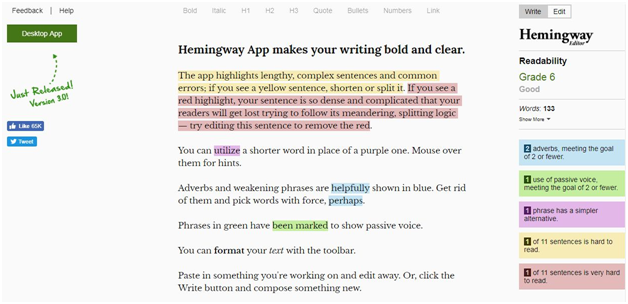
It’s easy to get confused when deciding whether to write for readers or for the search engine. The answer is this: write for the readers, use keywords organically in your content, and if it is high quality, it will please search engines too.
A blog writer must focus on keeping content easy to understand, eliminate jargon and long words, and not try to overwhelm readers with excessive knowledge. Also, be wary of plagiarism, typos, and grammatical errors.
A blog writer must consider what a reader will first encounter when he or she lands on their webpage. Make your headline compelling and powerful and start off with a gripping paragraph. Also add videos, images and other media to make your content more attractive. All of these factors work together to drive traffic to your blog.
Proofread and edit fiercely in the end. Use tools like Copyscape, Grammarly, and Hemingway App to gauge the quality of your content.
5. Unoptimized Video and Images

Most bloggers often ignore the importance of properly optimized images and videos. Unoptimized images file sizes and formats result in loading errors, increasing loading time, and overall poor user experience.
On-site images must always be formatted as .jpg. Bloggers should also add image alt text and target it towards keyword image search. The alt or alternative text tells the user and search engine what the image displays if the browser fails to load the actual image all within 125 characters.

Your blog should also have a separate video sitemap to ensure all your videos are indexed by the search engine as well. Add a CTA in all your video annotations.
6. Poor Content Marketing
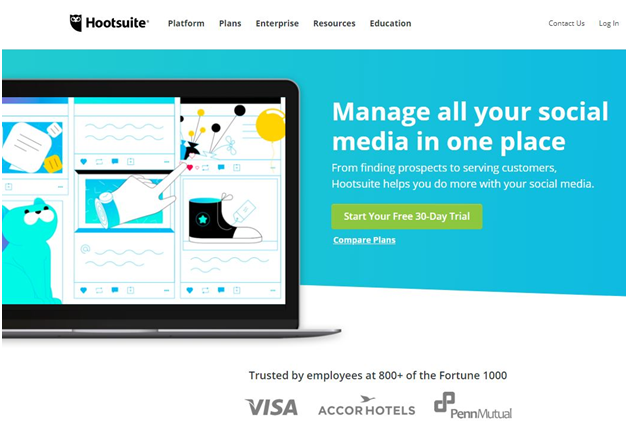
Technically, a good piece of content should attract traffic all by itself. Unfortunately, this isn’t always the case. Without a good content marketing strategy, your awesome blog is no better than a 300-word, poorly-written listicle.
It is important that you share and promote your content on your social media. Some of the best ways to do that are to contact social media influencers to share your content or get a quote from industry leaders to place your content on their website.
You can also recreate a piece of written text into an infographic or short video to get more shares. Guest blogging is a great option to improve your blog’s authority. Running a paid advertisement campaign on Facebook, YouTube or any other social media platform is a good strategy to get your content directly to your target audience.
Some of the best pieces of content that perform excellently over social media are how-to tutorials, short videos, infographics, “why” articles and listicles.
Content is the best way to get traffic on your website. But if it’s simply sitting there gathering dust, then it is a dud. That’s why the use of social media factors greatly into your organic ranking.
Sound Complicated?
Creating great content and then running a successful marketing campaign on it is not everyone’s cup of Joe. That’s why, we are here to help.
Our custom blog writing and digital marketing services can help you drive traffic to your blog or website. We can guarantee our expert SEO writers and social media experts have the perfect plan of action for your website.
